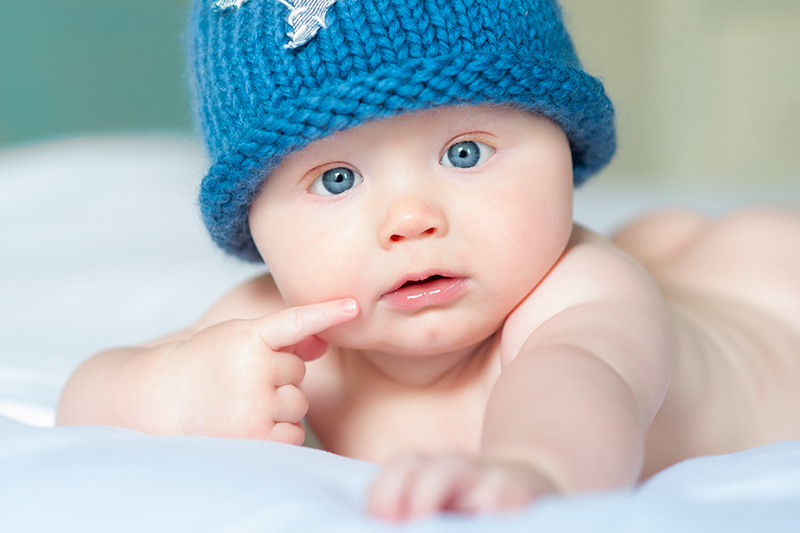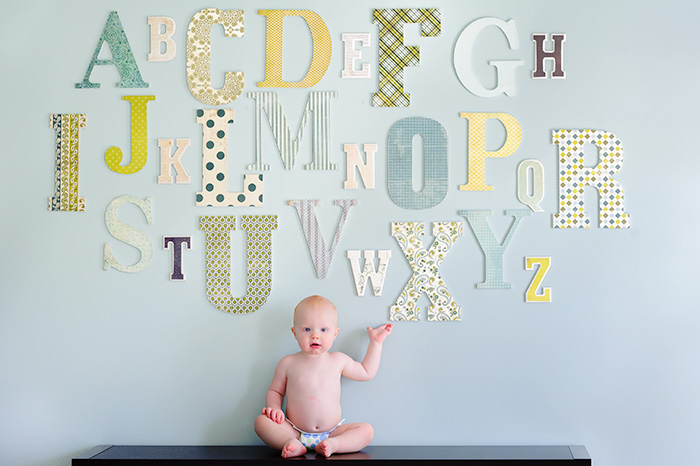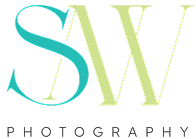Have you ever wondered that when talking about photography, two terms often come up that can sometimes cause confusion: headshots and portraits? While they may seem similar at first glance, they serve different purposes and cater to different needs. Understanding the differences between the two is essential, especially if you’re considering investing in professional photography.
This blog explores the key differences, offers insights into when to choose each option, and helps you decide which type of photo best suits your needs.
Table Of Contents
- What are Headshots
- What are Portraits
- Key Differences Between Headshots and Portraits
- Choosing Between Headshots and Portraits
- Conclusion
- FAQs
What are Headshots
A headshot is a specific type of portrait that focuses primarily on the subject’s face. Typically, it captures from the shoulders up, placing the emphasis squarely on the individual’s facial features and expressions. Professional headshots are commonly used in professional settings, including corporate profiles, LinkedIn accounts, acting portfolios, and more.
The Importance of Professionalism
One of the key characteristics of a headshot is its professional tone. In business contexts, a well-executed headshot can convey competence, confidence, and approachability. This is crucial for professionals seeking to make a strong first impression. In a digital age where so much communication occurs online, a polished headshot can significantly impact how others perceive you in a professional environment.
Technical Aspects of Headshots
When discussing the technical aspects, headshots usually have a simple and clean background, which helps to eliminate distractions. The lighting is typically soft and flattering, allowing for a natural look that emphasizes the subject’s features. The photographer might use techniques such as shallow depth of field to keep the focus on the face while subtly blurring the background.
Clothing choices are often more formal or business-casual, which reinforces the professional tone of the image. It’s also important for subjects to choose colors that complement their skin tone and convey the right message. For example, a classic black or navy suit conveys authority, while softer hues might evoke approachability and warmth.
What are Portraits
Portraits, on the other hand, are a broader category of photography that encompasses various styles and approaches. While a headshot is a type of portrait, not all portraits are headshots. Portraits can include full-body shots, environmental portraits that place the subject in a context or setting, and lifestyle portraits that capture candid moments. The diversity in portraiture allows for more creative expression and storytelling.
The Artistic Element of Portraits
One of the defining features of portraits is their artistic nature. Portrait photography often involves creative compositions, various settings, and emotional storytelling. The photographer has the freedom to explore the subject’s personality, interests, and even their environment. This flexibility can lead to more dynamic images that resonate on a personal level, capturing not just a likeness but also a story or mood.
When to Choose Portraits
Portraits are ideal for personal branding, family photographs, engagement sessions, or any situation where the subject’s personality or lifestyle needs to be conveyed. Whether you’re capturing a moment in time with family or presenting an artistic interpretation of a person, portraits allow for a variety of approaches that can be tailored to specific needs and preferences.
For instance, if you’re planning a wedding, engagement portraits can capture the love and connection between couples in a way that a simple headshot cannot. These images can be set in locations that hold special meaning to the couple, adding personal touches that tell their unique story.
Key Differences Between Headshots and Portraits
The main difference between Headshots and Portraits is their style, purpose, and presentation. While both headshots and portraits aim to capture the essence of a subject, those differences set them apart.
1. Focus on Subject vs. Environment
In headshots, the primary focus is the individual’s face. The background is often kept minimal to ensure that the viewer’s attention is directed toward the subject. The lighting is designed to be flattering, emphasizing the subject’s best features.
Conversely, portraits may incorporate more of the surrounding environment, which can provide context or enhance the storytelling aspect of the image. This allows for more creativity in how the subject interacts with their surroundings.
For example, a headshot might feature a person against a plain white background, ensuring nothing distracts from their expression. A portrait, however, might show the same person in a park, surrounded by greenery, capturing a moment of laughter or contemplation, thus adding depth and narrative to the image.
2. Professionalism vs. Personal Expression
Headshots convey professionalism, making them suitable for business and corporate environments. The intention is to present a polished and approachable image that communicates readiness for professional interaction.
Portraits, however, offer a chance for personal expression. They allow subjects to showcase their personality and style, making them suitable for various contexts, including social media, personal branding, or artistic projects.
Consider how a musician might use a headshot for their bio while opting for a more creative portrait for album artwork. The headshot presents a professional image for networking, whereas the portrait communicates their artistic identity and engages the audience on a deeper level.
3. Image Composition and Style
The composition of headshots tends to be straightforward and uniform, ensuring that the focus remains on the subject’s facial features. In contrast, portraits offer a range of styles and compositions, from candid shots to posed setups, allowing for artistic flair and personal storytelling. This diversity means portraits can vary significantly in terms of mood, lighting, and overall aesthetic.
Choosing Between Headshots and Portraits
Determining whether you need a headshot or a portrait largely depends on your goals and how you plan to use the images. Here are some scenarios to consider:
When to Choose Headshots
If you’re a professional looking to update your LinkedIn profile, create a corporate bio, or present a polished image to clients, a headshot is likely your best bet. Headshots are especially beneficial for individuals in fields such as business, acting, and modeling, where a professional appearance is paramount. They are designed to be instantly recognizable, allowing others to connect with you on a professional level.
Moreover, a high-quality headshot can enhance your personal brand, making it easier for clients, colleagues, and employers to associate you with credibility and professionalism. Many companies now use headshots for internal team pages, emphasizing the importance of putting a face to a name.
When to Opt for Portraits
On the other hand, if you’re looking to capture a family moment, celebrate an engagement, or express your personality through photography, portraits are the way to go. They provide an opportunity for creativity and storytelling, allowing you to showcase aspects of your life and personality that a standard headshot cannot convey. Portraits are also great for personal branding, as they allow you to present a more rounded view of yourself.
When it comes to family photography, portraits can highlight the relationships and connections between family members, showcasing their personalities and the bonds they share. Capturing genuine interactions can create cherished memories that go beyond what a traditional headshot can convey.
Conclusion
In the end, understanding the differences between headshots and portraits can help you make an informed decision about which type of photography best suits your needs. Headshots serve a specific professional purpose, focusing on conveying competence and approachability, while portraits offer a broader canvas for artistic expression and storytelling.
Both headshots and portraits play important roles in personal and professional branding. Understanding their distinct characteristics allows you to choose the right approach to capture your image in a way that aligns with your goals and the message you want to convey.
FAQs
- What is the main difference between a headshot and a portrait?
A headshot primarily focuses on the subject’s face and is often used for professional purposes, while a portrait encompasses a broader range of styles, capturing the subject in various contexts and expressions. - When should I get a headshot?
You should consider a headshot when you need a professional image for platforms like LinkedIn, corporate profiles, or any setting where a polished appearance is essential. - What situations are best suited for portraits?
Portraits are ideal for capturing personal moments, such as family gatherings, engagements, or creative projects where you want to express your personality. - Can I use a headshot for personal branding?
Yes, headshots can be used for personal branding, especially in professional contexts. However, for a more personal touch, portraits may be more effective. - How do I choose the right photographer for my needs?
When selecting a photographer, consider their portfolio to see if their style aligns with your vision, and communicate your specific needs to ensure they understand whether you want a headshot or a portrait.
Sarah Anne Wilson Photography – Professional Headshot and Portrait Photographer
→ Expert Studio Sessions for Stunning Results
→ Personalized and Professional Approach
→ Convenient Cary, North Carolina Location
Book a Professional Headshot Photographer in Raleigh NC Today →
⭐⭐⭐⭐⭐ Rated 4.9/5 by Hundreds of Satisfied Clients
Sarah Anne Wilson is a professional photographer based in Cary, North Carolina, specializing in headshots and portraits. With a keen eye for detail and a personalized approach, she ensures each session captures the unique essence of her clients. Sarah’s luxury studio sessions are designed to be comfortable and engaging, providing stunning results that highlight the best features of her subjects.
Related articles
Female Attorney Headshots: Trending Ideas
30 Professional Headshot Examples For 2024
Mastering Personal Branding Photography: Elevating Your Professional Image













